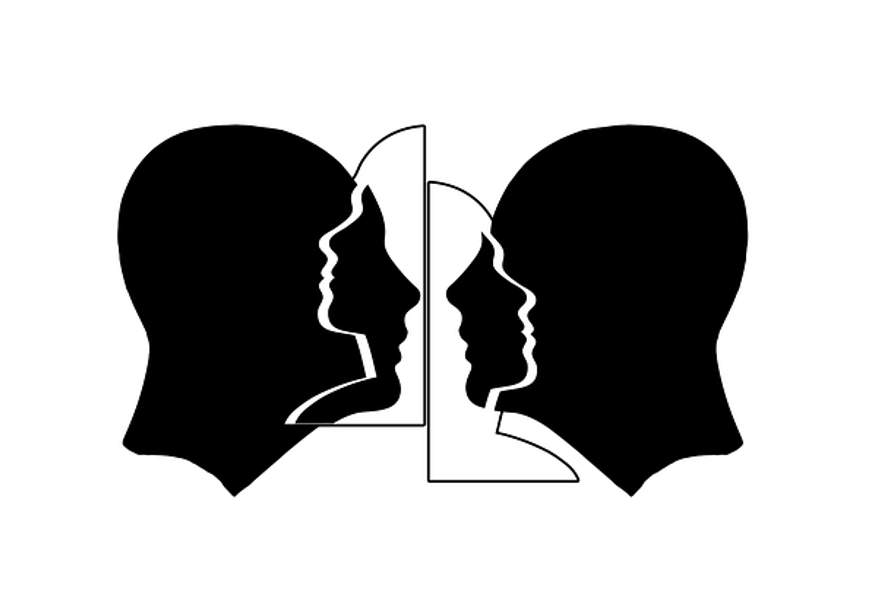This month and every month, G stands for Grateful. Science says it all: practicing gratitude can make you happier, feel more fulfilled and create more space for kindness in your life - both internal to yourself and the external world.
In this article, we’ll look at what the science says and the mechanism of how gratitude, scientists report, can affect the brain in tangible ways. An additional installment focusing on gratitude will be published later this month. We'll turn all this science into a 3D picture so you can see how grateful you can be in your business and personal life. These articles give you insight into operationalizing gratitude at work and home.
Gratitude, Defined
Gratitude is an emotion similar to appreciation, the critical difference being gratitude is both a state and a trait. The American Psychological Association defines gratitude as a sense of happiness and thankfulness in response to a fortunate happenstance or tangible gift. The researchers most credited for the modern basis of positive psychology, Drs. Emmons & McCullough, split gratitude into two stages. The first stage is acknowledging the presence of good things in your life that make life worth living and provide a sense of fulfillment. The second is the source of those good things in your life, outside yourself.
The Benefits and Neuroscience of Gratitude
While the benefits of gratitude are endless, depending on the person, the benefits from practicing gratitude are primarily psychological, physical, or social. In addition to being more aware and awake, positive thoughts, enhanced mood, and increased self-satisfaction, the psychological effects create a happier You. The most immediate and acute effects occur in the psychological and social realms. The physical effects continue to be explored, resulting in a more robust immune system, fewer body pains and aches, better sleep, optimum blood pressure, and cardiac function. From a social perspective, gratitude promotes better communication, increased empathy, greater involvement, greater likeability among group members, and stronger interpersonal relationships.
“If you count all your assets, you always show a profit.”
Robert Quillen
How do these shifts occur? Your brain consists of grey and white matter. Grey matter is the metabolically active tissue that processes brain stimuli. Brain grey matter processes signals from your central nervous system, your organs, and more. Response signals develop as a result of this processing. White matter is the protective coating for grey matter. Think of a power line, the grey matter is the powerline, and the white matter is the rubber coating around it, ensuring the smooth transport of messages and protecting it from harm. The more grey matter in your brain, the more effective your brain can be. Within grey matter, gratitude rewires and fires new connections to the bliss center of the brain. Through this, gratitude fosters a cognitive restructuring through positive thinking, enhancing the neurotransmitters dopamine and serotonin. These neurotransmitters majorly affect depression, mood, sleep, and digestion. These roles of neurotransmitters help to reduce anxiety and fear by regulating stress hormones. Research shows those who express and feel gratitude have a higher volume of grey matter in their brains, allowing for higher cognitive functioning and processing.
“It is impossible to feel grateful and depressed in the same moment.”
Naomi Williams
The Research of Practicing Gratitude
Gratitude has a ripple effect. When people practice gratitude, they are more likely to recognize the help they have received and then extend that help later. Further, through the mechanisms mentioned above, gratitude has tangible effects on your physical, psychological, and social wellness.
Gratitude as a pain reducer
An Emmons and McCullough study conducted in 2003 examined the effects of gratitude on physical well-being. Patients who kept a gratitude journal reported reduced pain symptoms and were more willing to hold themselves accountable for their health through physical activity and treatment adherence. Expressing gratitude increases feelings of vitality and decreases perceptions of pain by increasing dopamine levels.
Gratitude as a Stress Regulation Aid while reducing anxiety and depression
Neurochemically, the prefrontal cortex in your brain is responsible for the processing and managing negative emotions like violence, shame, and guilt. Expressing feelings of gratitude are responsible for an increase in neural modulation at this brain sight - creating more empathy and positive thoughts instead.
Significant studies have concluded that showing and expressing gratitude have reduced cortisol levels, the stress hormone. This results in being more resilient during emotional experiences and improved cardiac function. By increasing awareness of and acknowledging the little (good) things in your life, you can rewire your brain to manage circumstances from a broader perspective and more awareness.
Gratitude as a Diluter of Negative Emotions
We know negative emotions often trump feelings of gratitude and happiness through the negativity bias and feelings of scarcity. Your limbic system is responsible for all emotional experiences. There are five regions of your brain that make up the limbic system: the amygdala, the hippocampus, the thalamus, the hypothalamus, and the cingulate gyrus. Expressing gratitude activates the hippocampus and amygdala. two regions that regulate emotions, bodily functions, and memory. In a study, participants who wrote letters of gratitude and received regular counseling felt better and recovered faster. Study participants writing about positive emotions and experiences reported feeling better than participants writing about negative emotions and experiences who reported increased depression and anxiety.
"What I hear, I forget. What I see, I remember. What I do, I understand."
Confucian Scholar Xunzi (340 - 245 BCE)
Next Steps
While there is overwhelming evidence of the benefits of practicing gratitude, they need to be more prevalent in the workplace, according to researchers Locklear & Sheridan. Now that you’ve read about the mechanisms and benefits of gratitude, part two of this month’s “G” is For Gratitude will soon provide a guide to operationalizing the science of gratitude so that you can integrate more gratitude into your workspace. This moment is the time, your call to action, to put what you read to the test. Regardless of how you feel about the science or a gratitude practice in your life - the overwhelming research says it will help. You don’t have to believe; you just have to do it. Stay tuned for the next article to help guide you in bringing gratitude practices to work and home.
MORE
INSIGHTS
Managing Emotional Culture
To transform workplace culture, manage employee emotions as deliberately as you manage the bottom line. Both will be better for it.
Change is Grief
Successfully managing change requires acknowledging the grief that change can create.
The Master Key to Building Trust, part 2
Set Intentions, Not Destinations By Sharon Moskowitz Last week we brought up the importance of empathy and active listening when working to build the master key to trust in your organization. We took a deep dive into ways to practice active listening and dispelled myths commonly associated with the tool. Spoiler Alert: You already hold … Read more








